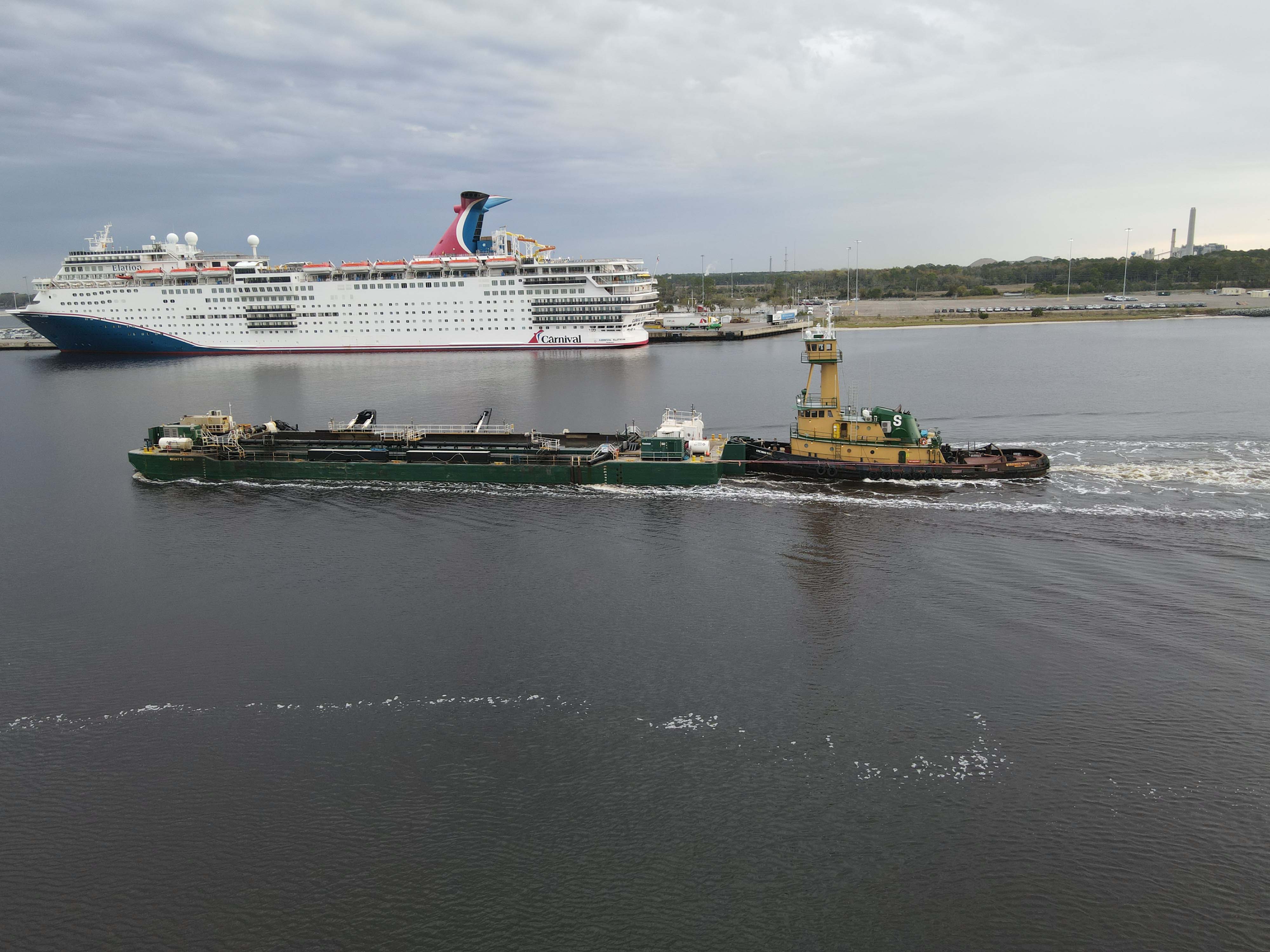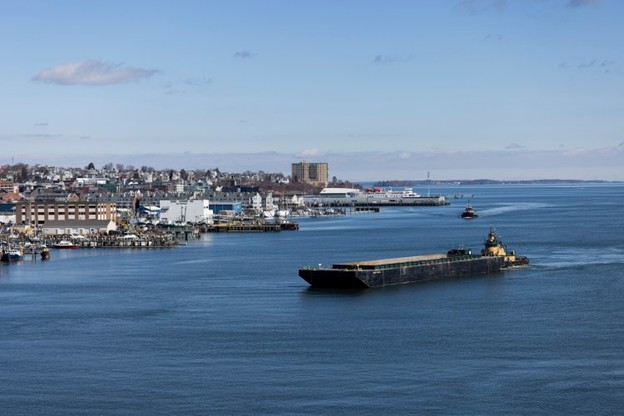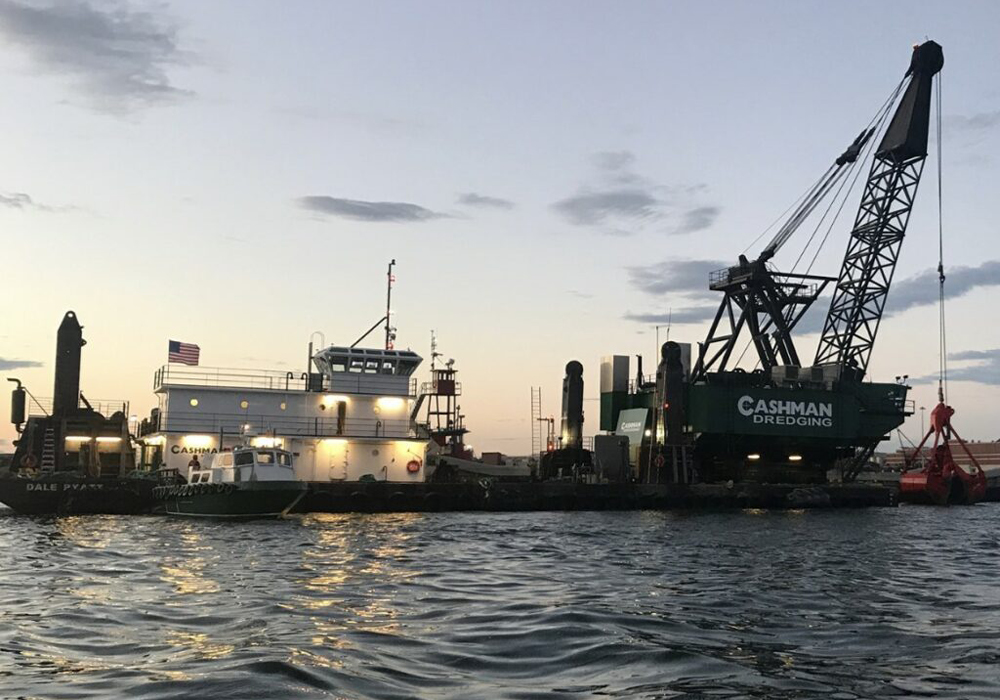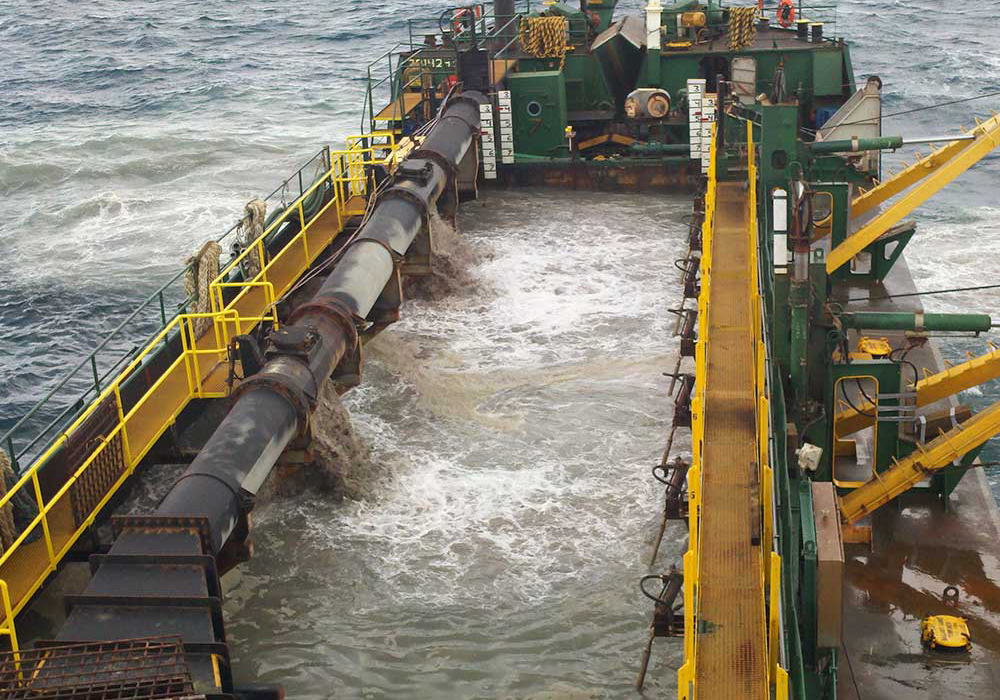Carteret is on the move with marina project and new residential complex
July 19, 2016 | Susan Loyer | WebsiteCARTERET – On Thursday, city officials will gather for a ground-breaking ceremony to mark the start of a multi-year project that aims to transform Carteret's waterfront into a recreation destination and transportation hub.
“This is a momentous occasion in Carteret’s history," Mayor Daniel Reiman said in a prepared statement. "We have been working on this project for over 10 years and despite all of the bureaucratic hurdles, we are here celebrating Carteret’s victory. Despite all of the past roadblocks we are now breaking ground on Carteret’s future."
The first phase of marina remediation and recreation project is fully funded by $23 million in county, state and federal funding, according to a news release. Officials will gather at 11:30 a.m. at Veteran Pier and Waterfront Park for the ceremony.
This continues a busy few months for Carteret, which also has seen announcements about expansion of Amazon warehouses there, the location of a Marriott Courtyard in town, and the recent approval of plans for a 60-unit residential apartment complex at 180-182 Roosevelt Ave. That project is being constructed by Roosevelt Ave. Urban Renewal Company LLC of Paramus, according to a news release.
The new apartment complex will replace an abandoned auto repair shop and vacant multifamily residential structure, the statement said.
The complex will consist of a five-story apartment building with 60 apartments. The ground-level floor will hold 96 parking-spaces in addition to a lobby, management office, a mail room, a trash room, two utility rooms, a transformer room and bicycle storage room. The second floor will contain 14 apartments, an elevator lobby, storage space, a gym and an outside lounge deck for tenants. The third, fourth and fifth floors will house apartment units exclusively.
The site was designated a redevelopment zone by the Borough Council and Planning Board in October 2014 with the goal of creating a more vibrant and improved streetscape view, the statement said. This area of the borough has transitioned to a transit-oriented residential area.
“The project will rejuvenate the area and help with the growing demand for residential housing brought on by a thriving local economy,” Mayor Daniel Reiman said in the statement. “The plans for 180-182 are an extension of the progress we’ve made on lower Roosevelt Avenue, and allow residents to take full advantage of the transit corridor & access to New York City via NJ Transit Bus Route 116.”
While buildings are going up, the marina project will create more space by digging into the borough's waterfront.
In May, Cashman Dredging and Marine Contracting Co. of Massachusetts was awarded the $21 million project to dredge the Carteret cove for the dual purposes of remediating heavy-metal contaminated sediments while ensuring there is enough clearance for the draft of boats entering the proposed marina.
The cove will be dredged down to clean sand (17-foot depth) to completely and permanently remediate the site. The process is expected to take anywhere from 90 to 180 days and needs to be completed by a Dec. 31 deadline. The deadline correlates with the annual reinstatement of a moratorium on construction in waterways by the New Jersey Environment Protection Agency (NJEPA) that runs Jan. 1 through July 1.
The project will remove 135,000 cubic yards of metal contaminated sediment from the remnants of Carteret’s Industrial park where IT Williams created the largest mahogany plant in the world on site. The dredged material will be amended and stabilized and then transported to the Middlesex County landfill for use as daily cover, according to a news release.
The borough waterfront at one point in time housed the largest mahogany plant in the world. Ichabad T. Williams & Sons (IT Williams) opened in 1838 in New York City and eventually relocated to Carteret. They acquired 70 acres of land on the waterfront, from Bethlehem Steel Corp., which gave them 1,300 feet of frontage with the Arthur Kill and allowed them to create a cove for the wood being unloaded from vessels from around the world, according to the news release.




